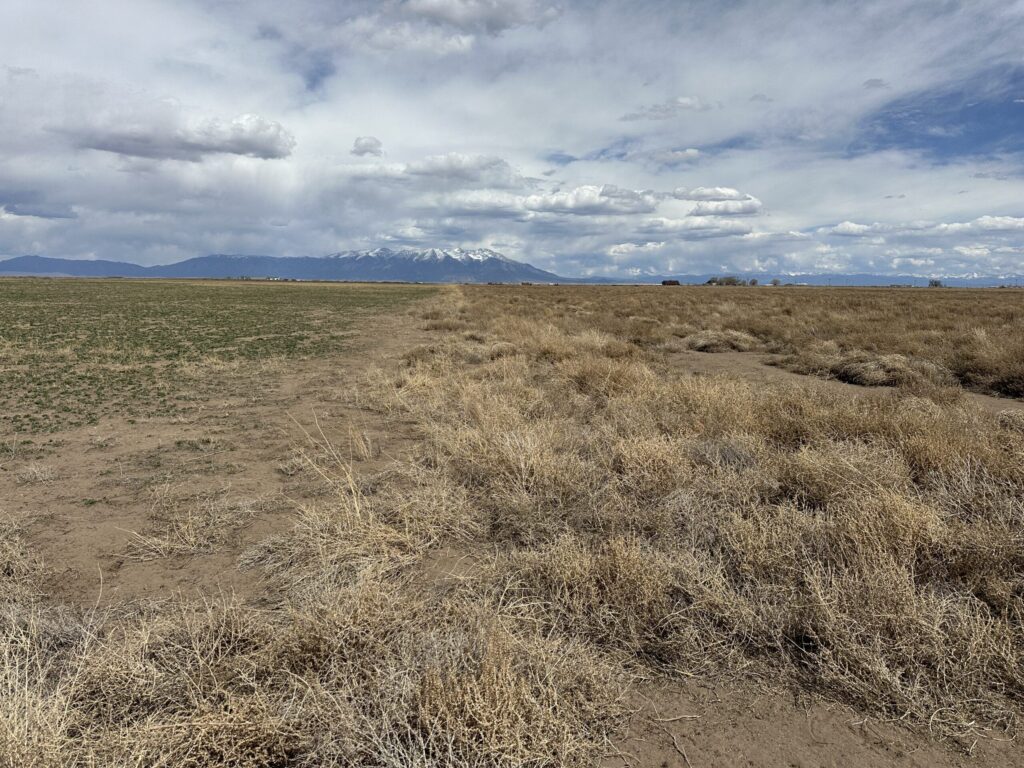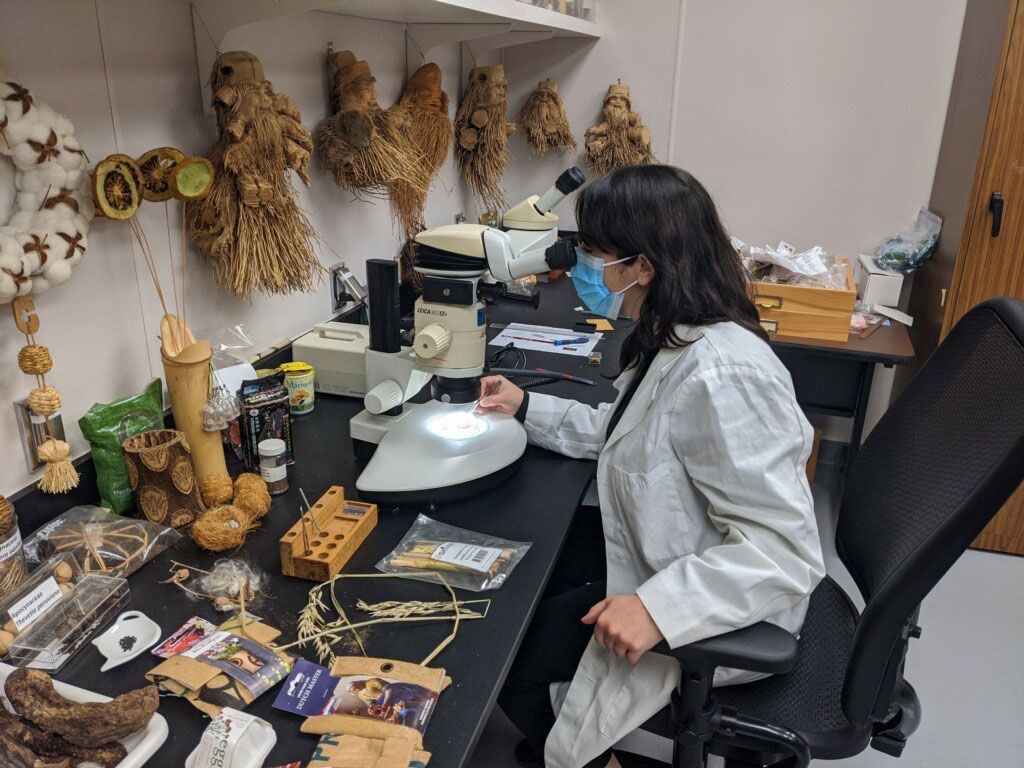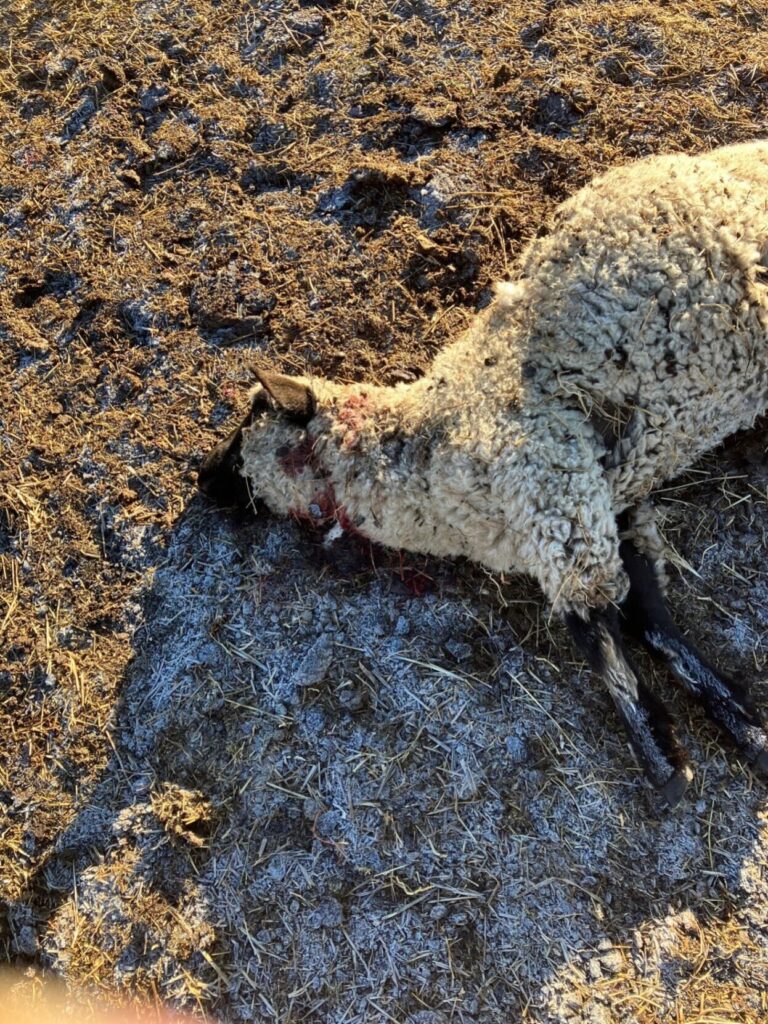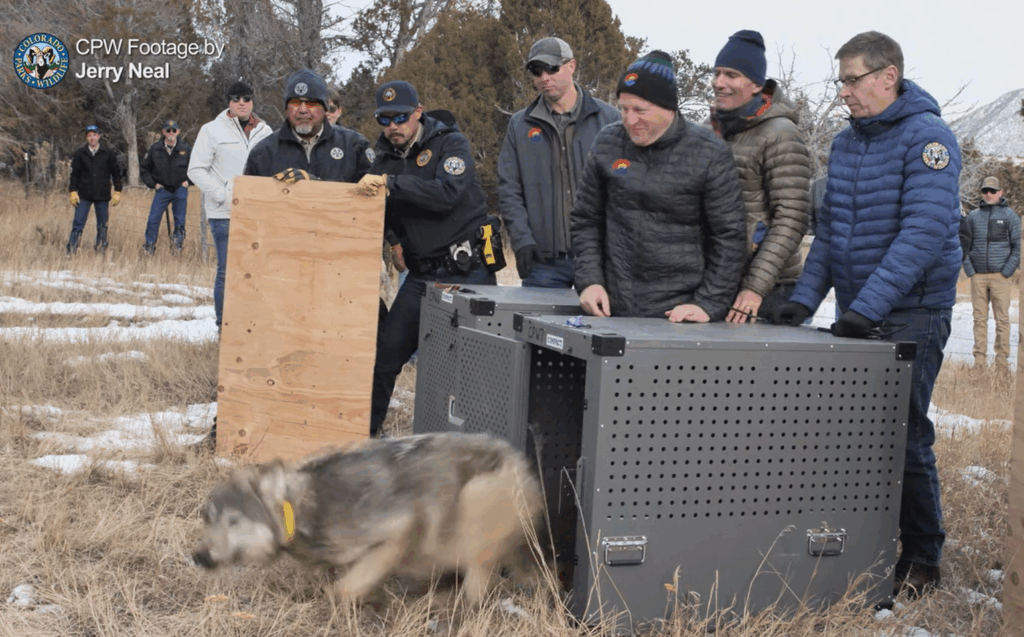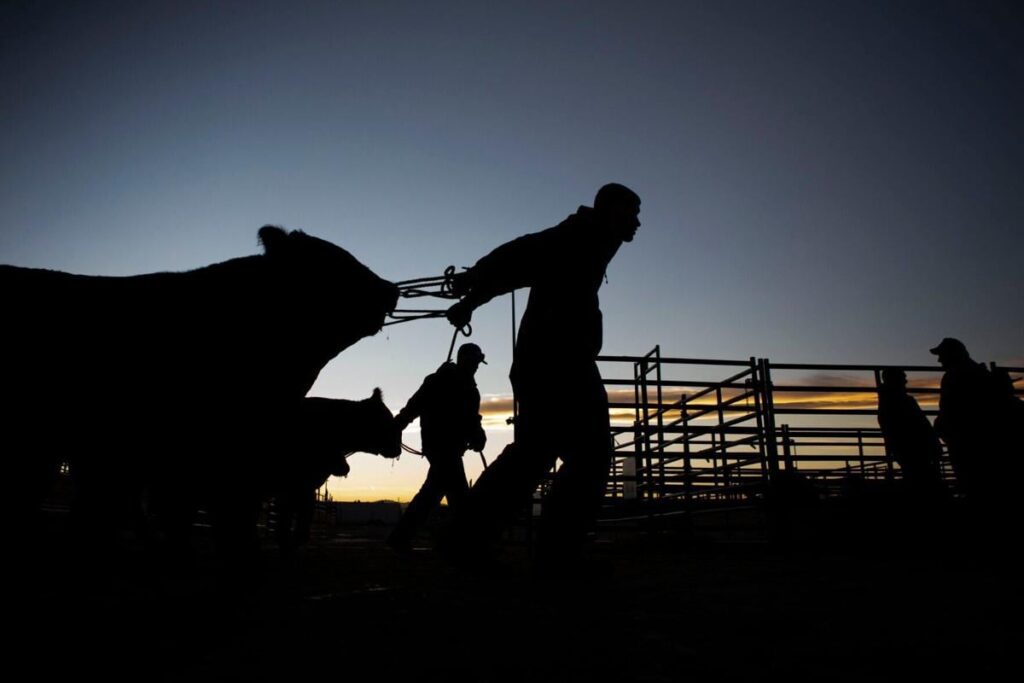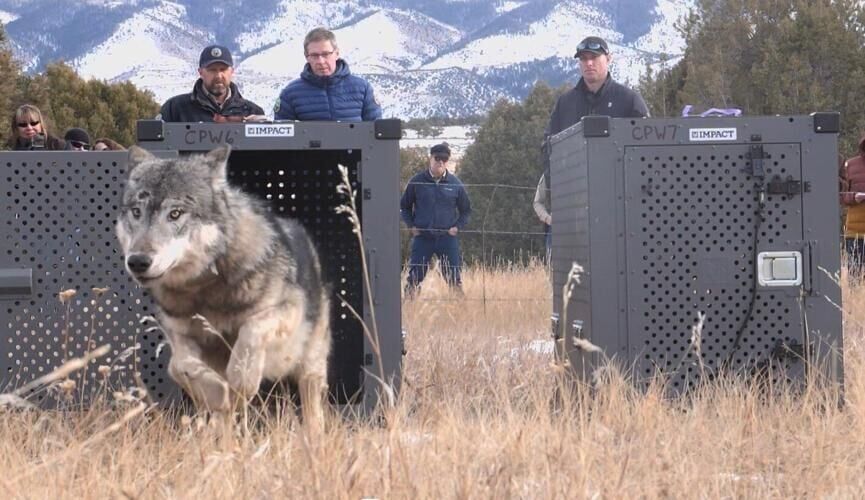Colorado River near Grand Junction infested with zebra mussels, state officials report
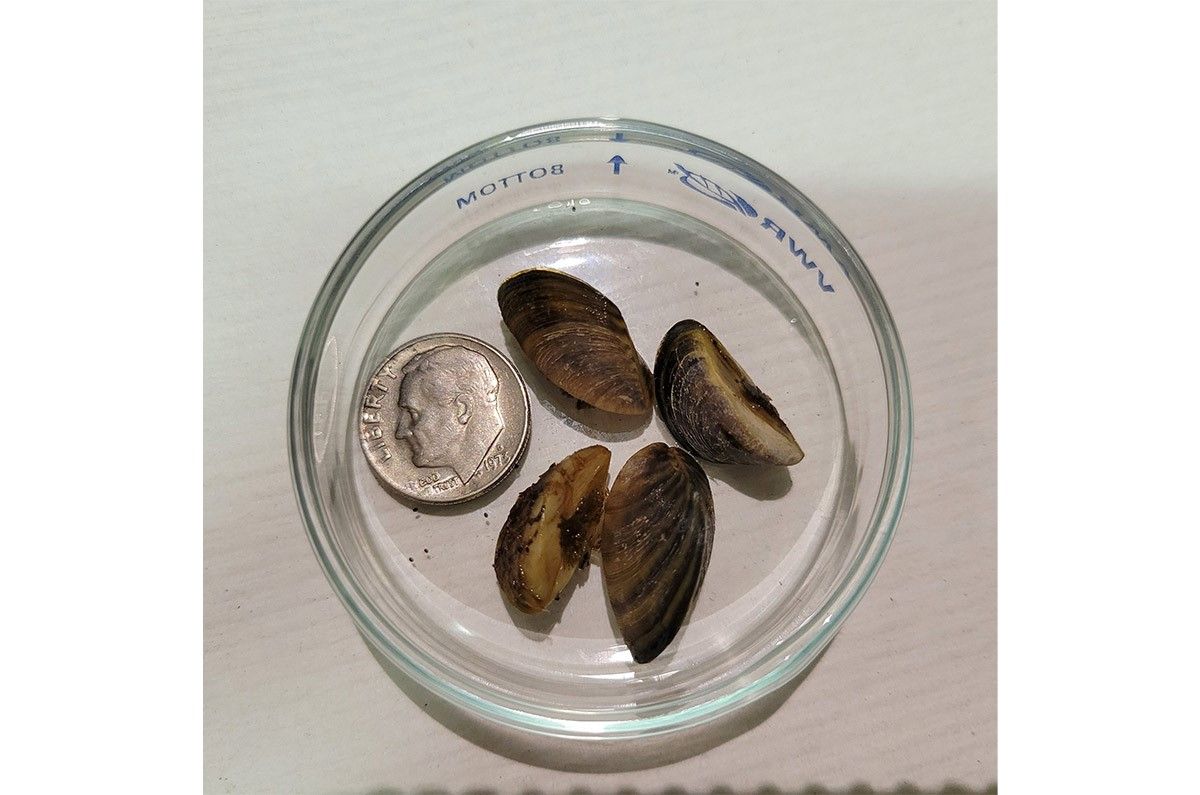
Colorado now has five bodies of water, including a stretch of the Colorado River from east of Grand Junction to the Utah border, that are showing zebra mussel infestations.
The state has battled the invasive species successfully for years. In 2021, the state celebrated three years of negative testing for zebra and quagga mussels and was the only state in the nation that had de-listed mussel-positive waters.
Those days are over.
The Colorado River is now officially infested, according to state Parks and Wildlife officials.
CPW Director Jeff Davis told the Parks and Wildlife Commission Thursday that sampling in the Colorado River, as well as a nearby lake, showed adult zebra mussels in September.
That’s the first time zebra mussels have been found in the Colorado River, according to Davis.
A body of water is viewed as infested when it has established populations of invasive species. This includes instances when multiple zebra mussel life stages are detected, a situation currently occurring in the Colorado River.
CPW is monitoring the river from its headwaters in Grand County to the Colorado-Utah border.
The other infested bodies include Highline and Mack Mesa lakes, which are connected and located at Highline Lake State Park west of Fruita. Two other lakes—West and East, near Clifton in east Mesa County and part of James Robb State Park—are also infested.
Those two lakes are just north of the Colorado River and near its eastern section, where aquatic pests have recently been found.
But the river’s main stem is not being treated for the infestation, Davis said. That’s because of the risk to native fish populations and critical habitat, the length of the potential treatment area, and the complexity of canals and ditches fed by the river.
Colorado has no jurisdiction to deal with the zebra mussels once they’ve gotten into Utah. However, Colorado is part of a mult-state system to monitor and to coordinate efforts to attack the problem, Davis explained.
Screwworm concerns
The commission also heard about a looming problem that has state and federal officials concerned: the New World Screwworm.
It’s not a worm, it’s a fly, and it lives off the flesh of living animals, according to the U.S. Department of Agriculture, which last month announced it had learned of a traveler who returned from Central America with a screwworm case.
The screwworm differs from most other fly problems because it seeks living tissue, whereas most flies breed in dead tissue.
It’s not a new problem. The pest is endemic to Cuba, the Dominican Republic and South American countries. The United States has worked with Panama to prevent the movement of the screwworm north.
But the pest has moved north, and it appears to be moving fast. It was detected less than 70 miles south of the US-Mexico border last month.
USDA Secretary Brooke Rollins said at a June conference in Santa Fe that the screwworm had been detected about 700 miles south of the US-Mexico border.
It is a threat to livestock and even to people, according to the USDA. Three cases of people in Mexico with screwworm have been detected in the past week, according to the Mexican health ministry, and that brings the year’s total to about 55.
Commissioner of Agriculture Kate Greenberg told the parks and wildlife commission that in a visit to Mexico, she got an on-the-ground view of how that nation is managing the pest.
The most recent cases have shown up in the Mexican state of Nueva Leon. That’s the state immediately south of the Texas-Mexico border near the entry town of Laredo, Texas.
Previously, the screwworm had been confined to the southeast border of Mexico, and the fact that it is now just 70 miles from the U.S. border is not a good sign, Greenberg said.
As a result, the USDA has closed the border crossing to live cattle exports from Mexico, impacting the Mexican cattle industry.
The Centers for Disease Control said in August that risk factors for people include travel to countries where the fly is present, having open wounds, weakened immune systems, sleeping outdoors, or being around livestock animals.


